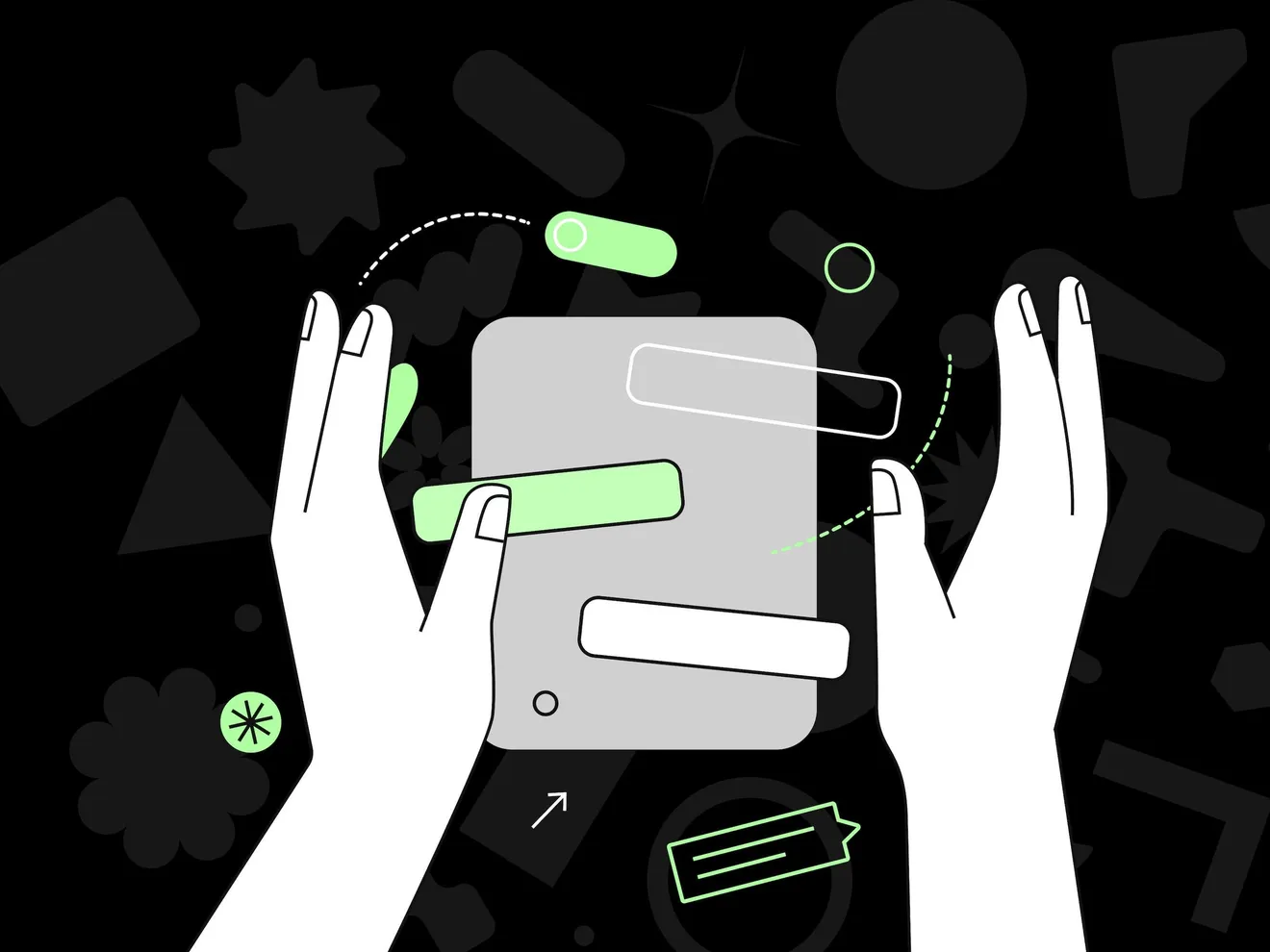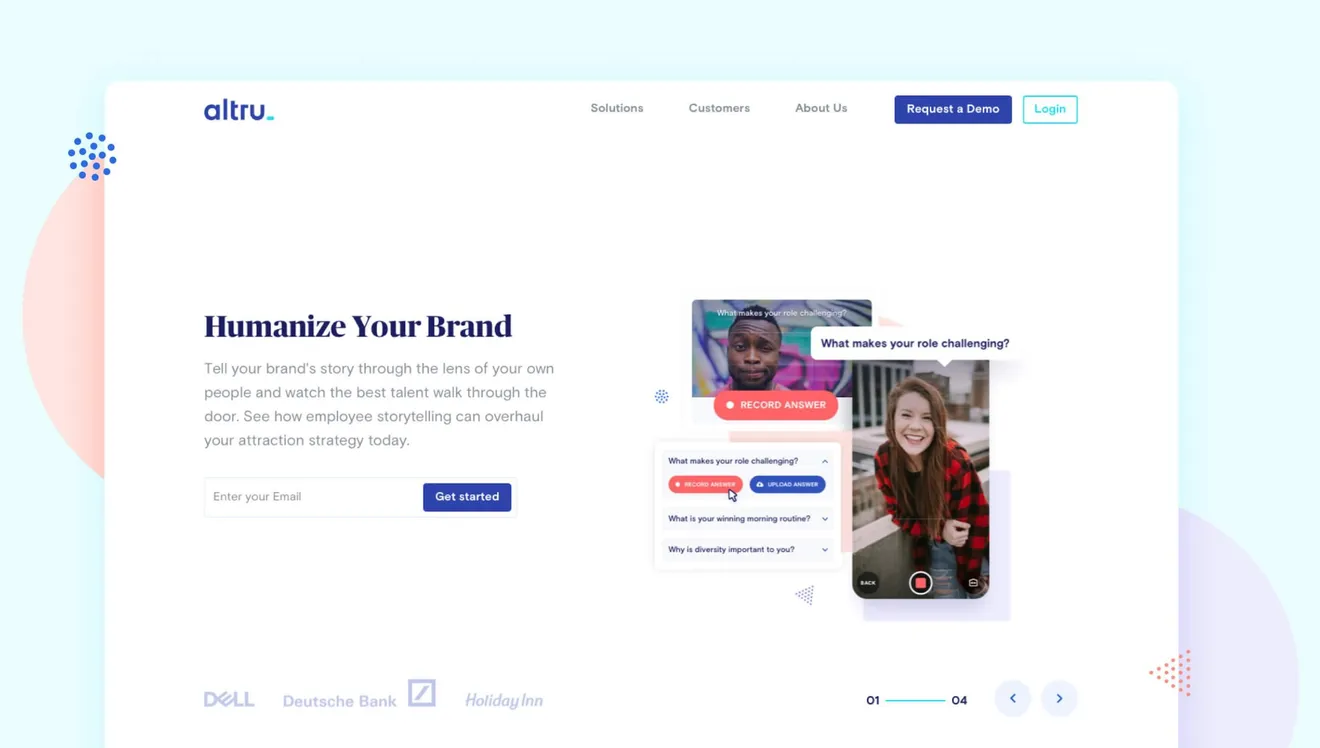Do you remember how frustrating it was the last time you had to check your company’s vacation policy? Do you know where your organization’s hiring process lives? What about a document that contains principles and priorities? Do you even know how to influence these policies and processes? No? Don’t worry, you’re not alone.
We all have to resort to these internal documents every now and then, regardless of the size or condition of our companies. The process isn’t usually a bed of roses. Organizations are mostly familiar with the practice of writing these documents—but there are still two unclear procedures: how the staff participates in them and how to reach satisfactory results for the whole team.
Organizations are familiar with the practice of writing documents—but there are two unclear procedures: how the staff participates and how to reach satisfactory results for the whole team.
That’s the mission of Murmur, a North American startup responsible for software that allows teams to create, test, improve, scale, share, and implement working agreements. The automatic and asynchronous tool they’ve developed, and we at Z1 helped conceptualize, promises agility and transparency in the description and acceptance of all types of labor policies—from operating procedures and internal rules to style books or manuals of a different nature.
Less bureaucratic and more humane startups
Aaron Dignan, a best-selling author and famous speaker in organizational design, realized that many companies need help in this area, especially in today's growing remote work culture. So last year, he got down to business getting Murmur spun up. He decided to help teams define and fix how they make decisions and reach agreements.

Although Murmur is just now seeing the light (still in beta), the idea is not really new. Aaron has been thinking about it for years, waiting for a sign that the market was finally ready to adopt it. That signal came during the pandemic: “Last year changed everything,” he reflects, “the pandemic, remote work, the Black Lives Matter movement, climate change… it all painted a picture of a world that needs to replace bureaucracy with something more adaptive and human.”
This is when Z1 kicked in. Aaron needed a strategic partner to help him conceptualize his ideas. “I was very set on approaching Murmur with new tools and technologies. I was reflecting on who I know that spins up technology businesses regularly, and of course I thought of Andrew Wilkinson, who I knew from Twitter. I found Z1 shortly thereafter and it seemed like the right fit to get started.”
The beginning of an innovative method for agreements
Murmur's navigation was complex to solve due to the number of options and variables Aaron had in mind for his product. We began by researching all kinds of current tools that work on digital documents to understand which were the most used behavior patterns and thus achieve natural, simple navigation.

“We had to give the product a lot of thought until we reached the conceptualization of the entire Murmur value proposition process and achieved a friendly, educational, and enjoyable journey for users,” recalls Lucía Guillén, Lead Product Designer at Z1, “but the path was enriching.” We worked closely with the Murmur team and also with Dustin Senos, former Head of Design at Medium, who always had timely and interesting questions that kept us moving in the right direction. “We loved the dynamics of these meetings,” adds Lucía. “They were really fertile and fun, always starting with some amusing topic to break the ice.”
For Aaron, it was truly important that the tool was self-explanatory, since the first time a user accesses it, he or she doesn’t know what they are facing. So we designed an interface that’s highly oriented to phases, each one with its own meaning, in which the user clearly knew where they were and what they had to do at every moment.
👉 The phases we established to develop the UI were:
1. Set a context. Why are we making this agreement and what is the objective? In this phase, the first draft is written and shared with all team members. The round of questions begins. An interesting feature is that you can do it from scratch or choose templates from other companies (Airbnb meeting agreements, for example).
2. Make suggestions. Once doubts are resolved, the round of editing proposals begins. This process is laborious and its design was like inventing a collaborative Google doc, in a way that the process needed to be simple and intuitive. We play with the intensity of the underlines to highlight the most talked-about ideas. With the suggestions of the whole team, the person in charge modifies the draft and sends it again with any corrections he or she deems appropriate.
3. Consent or object. This phase could be never-ending because it seems like you could go back and forth making suggestions forever. However, we established validity periods for the agreements and feedback sessions, so the team could assess their degree of satisfaction and the process would not take forever. At this point, the agreement is channeled and, if everyone agrees, the document becomes an official agreement of the company.
✨ All of this sowed the seeds for the Murmur Method.

A conversation that comes and goes, like a spiral
We worked on the branding and the UI simultaneously. Since Murmur is about iterations, transparency, and collaboration, we based it on these concepts to craft the brand. “When working with living documents, there is always someone who creates the basis for the agreement. Once this is done, the rest of the collaborators come together to contribute and add changes until the agreement is finalized, at least for a while! ” explains César Álvarez, Design Director at Z1, who addressed Murmur’s design.
The branding process was itself iterative. We created a mood board and collected analog resources related to the world of documents and offices, such as highlighters, file folders, and business cards from the 1950s and 60s... all very old-school, elegant, and professional.

For the logo, we worked on different sketches around the concept of iteration and murmuring, since one of the main characteristics of the product is to comment and change things. “I composed an M as if it were a spiral that comes and goes with a dynamic result, like the very nature of the product,” César describes.
Deployment and beta phase
Aaron was always aware of Murmur’s complexity. It’s multiplayer, turn-based, and has several critical features even at an MVP stage. He assures us that Z1 helped him think out loud and learn more about these challenges by diving into design, rather than staying stuck in our heads.
Murmur was the first project in which we integrated Figma into our design process, and despite the challenges we faced, the experience was fluid and effective. Aaron's team embraced the branding and the UI and implemented its beta phase, which is currently landing on the market.
“Z1 helped me think out loud and learn more about these challenges by diving into design, rather than staying stuck in our heads.”
Aaron Dignan, Murmur's Founder.
With 22 teams using his private version and more than 1,200 people on Murmur’s waiting list, Aaron is aware of the value these early adopters bring: “They believe in the promise of the product, and are helping us shape the roadmap of features that will make Murmur an integrated part of their working lives.”
“As building-in-public continues to gain popularity with early-stage startup founders,” Tech Crunch’s senior reporter Natasha Mascarenhas pointed out last March, “Murmur wants to leverage that natural transparency to a louder frequency.” The world and the market are finally ready.


